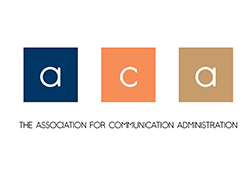Abstract
This article discusses the history of post-secondary theatre education in U.S. colleges and universities. The sheer volume and speed of growth of theatre curricula in undergraduate education contradicts the marginal attention it has received by historians of education and theatre. The first phase of collegiate theatre instruction, between 1900 and 1925, grew out of universities' official sanction of extracurricular clubs and productions after the Civil War. As historians of higher education explain it, higher education in the latter half of the nineteenth century initiated a process of democratization and professionalization that provoked radical change and dislocation in the academy. Theatrical instruction developed rapidly during its second phase, between 1925 and 1945. Curricular programs in theatre arts increased by 28% as departments of public speaking and literary studies offered courses in theatrical arts. Following the attainment of a hard-won place in the academy, educational theatre's momentum showed signs of slowing toward the end of the third phase. As early as 1970, studies indicated that the boom in higher education was over. Although sustained growth of theatre programs was reported through the 1970s, by 1980 it became clear that educational theatre's expansion had ended and that a new, fourth phase, characterized by unanticipated and entirely different challenges, had begun.
Recommended Citation
Berkeley, A. (1997). The historical account of undergraduate theatre curricula’s rise in the academy. Journal of the Association for Communication Administration, 26(2), 117–124.


